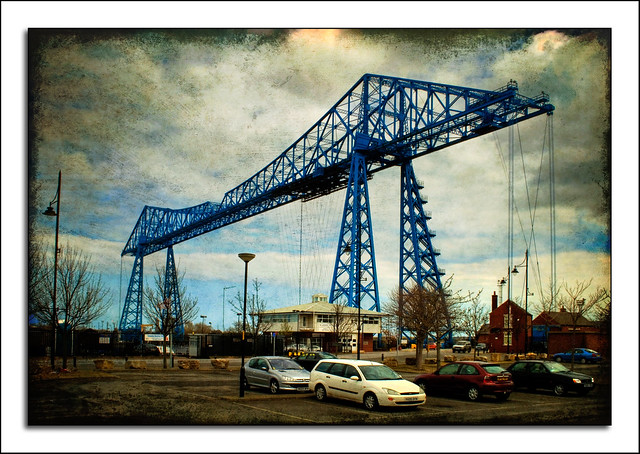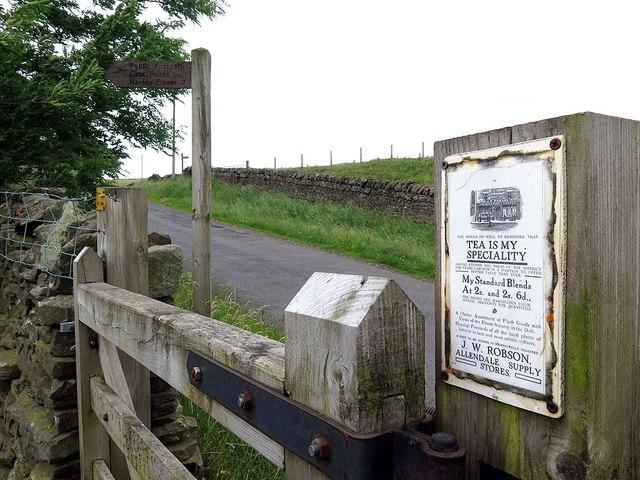Topics > Tees Valley > Middlesbrough > Middlesbrough Parish, 1848
Middlesbrough Parish, 1848
MIDDLESBROUGH, a town and parish, on the river Tees, in the union, and within the limits of the port, of Stockton-upon-Tees, W. division of the liberty of Langbaurgh, N. riding of York; containing, with the township of Linthorpe, 5,709 inhabitants, of whom 5,463 are in the township of Middlesbrough, 4 miles (E.N.E.) from Stockton. This place, at a very early period, had a chapel dedicated to St. Hilda, which, in the reign of Henry I., was granted by Robert de Brus to the monks of Whitby Abbey, on condition of their founding here a cell to that monastery; this condition was fulfilled, and the institution that was established continued to flourish till the Dissolution, when its revenue was returned at £21. 3. 8. The town was a small and inconsiderable hamlet, prior to the year 1829; but about that time it began to rise into notice from its selection for the construction of a commodious shipping place, accessible to vessels of large burthen, and from the projected extension from Stockton of the Stockton and Darlington railway, for the purpose of conveying directly to this, as a principal place of shipment, the produce of the collieries in the Weardale district of the county of Durham, without the delay and expense of lighterage down the Tees from Stockton. Immediately on the completion of that undertaking in 1830, the population of the hamlet increased very considerably; and in the following year, on the formation of the Clarence railway, which is a passage from the Auckland and other mineral districts in the county of Durham to Samphire Batts, on the banks of the Tees, directly opposite Middlesbrough, the importance of the town was permanently established.
In 1829, six gentlemen, now usually termed "the Middlesbrough owners," purchased about 600 acres of land, and laid out the plan of the present town, consisting of several regular streets diverging at right angles from a square in the centre, and now containing more than 600 well-built houses. The principal founders were Thomas Richardson, Esq., of Stamford Hill, London, and of Ayton House, in Cleveland; Joseph Pease, jun., Esq., of Darlington; and Henry Birkbeck, Esq., of Norwich; to whose enterprise and public spirit may be attributed the projection and rise of the place. A dock, exceeding nine acres in extent, has been constructed; capacious warehouses have been erected, and also convenient staiths both in the dock and on the Tees, affording facility of dropping the coal from the railway-carriages into vessels. The terminus of the Stockton and Darlington railway is admirably adapted to its use, and consists of several lines of way to the docks and shipping-staiths, for numerous trains, each usually conveying about forty wagons laden with coal. Two yards for building and repairing ships have been constructed, and every arrangement has been made which can contribute to the improvement and increasing prosperity of the town. The streets are lighted with gas; and a handsome structure in the Grecian style of architecture, called the Exchange, has been erected at an expense of upwards of £5000, by a body of shareholders. There are numerous good shops for various articles of merchandise; four public breweries; three iron-foundries, one of which employs regularly about 400 men; a sailcloth manufactory in which the cloth is woven by patent machinery; and an extensive manufactory of pottery and earthenware, and for bricks and tiles, for which clay of excellent quality is found in the neighbourhood. A branch bank has been opened in the town, and a market is held under an act of parliament obtained in 1841 for the general improvement of the place; a branch of the Stockton custom-house has also been established. A railway to Redcar was opened in June, 1846, within less than a year from the passing of the act authorising its construction; it is 7½ miles in length, and runs along the coast. The number of vessels that cleared outwards in 1841, was 7579, and the aggregate quantity of coal shipped in that year was 1,014,918 tons.
The parish is in the district of Cleveland, and bounded on the north by the Tees, which separates it from the county of Durham. It comprises, with the township of Linthorp, about 2300 acres, of which 600 are meadow and pasture, and the remainder, with the exception of a few acres of plantations, arable land in good cultivation. The living is a perpetual curacy, in the patronage of Thomas Hustler, Esq., of Acklam Hall. The church was erected in 1840, on the site of the ancient chapel of St. Hilda, at an expense of £2,500, of which £500 were a grant from Her Majesty's Commissioners, £1,200 the proceeds of a bazaar, and the remainder raised by subscription; it is a handsome structure in the later English style, with a square embattled tower surmounted by a lofty and well-proportioned spire, and contains 600 sittings, of which one-half are free. There are places of worship for Independents, Primitive Methodists, and Wesleyans. Of the ancient cell to Whitby Abbey no remains exist, but the cemetery is still used.
Extract from: A Topographical Dictionary of England comprising the several counties, cities, boroughs, corporate and market towns, parishes, and townships..... 7th Edition, by Samuel Lewis, London, 1848.

Co-Curate Page
Linthorpe Township, 1848
- LINTHORPE, a township, in the parish of Middlesborough, union of Stockton-upon-Tees, W. division of the liberty of Langbaurgh, N. riding of York, 1½ mile (S.S.W.) from Middlesborough; containing 246 inhabitants. …








